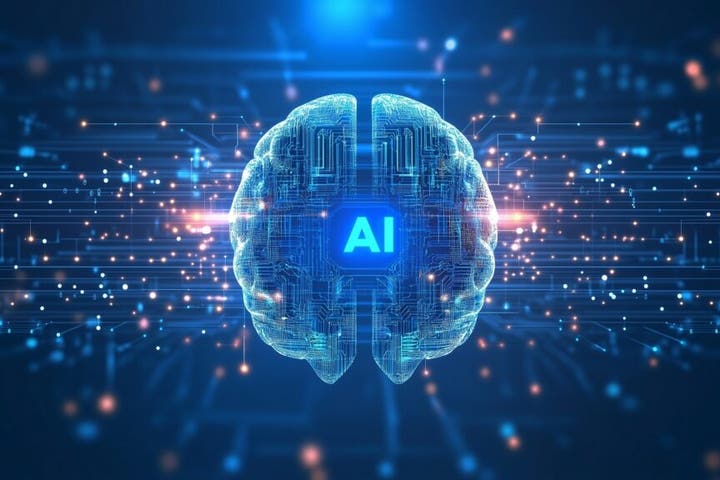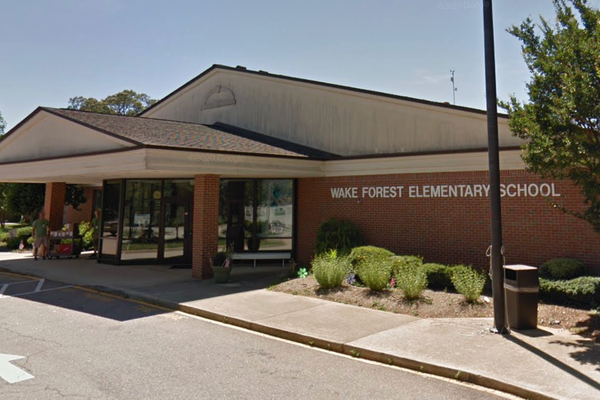
Experts have been debating the artificial intelligence-driven impact on employment with contradicting views. While market veteran like Jim Cramer thinks that “AI is still not trusted,” others see trouble brewing in the labor market due to the automation of several human-led jobs.
What Happened: Citing the labor differential and unemployment rate data, Ark Invest’s Cathie Wood said in her “In The Know” series, “Labor differential says that it’s getting harder to find jobs,” while adding that “rising unemployment claims suggest that people who are out of work are finding it difficult to get a job.”
While she blames immigration for this, Wood also states that “we do know that AI is hurting entry-level jobs.”
Highlighting a personal example from the ARK 2025 Vibe Coding Hackathon, she said that her firm used AI to address 13 pain points within the organization.
“Because of (AI’s) natural language programming, SaaS is going to run into some trouble here, now that we can do a lot ourselves and customize to our own organization’s needs,” she explains.
On the other hand, CNBC’s Mad Money host Cramer took to X and underscored that traditional white collar firms haven’t seen AI-related job cuts.
“They are still hiring, still paying a lot. AI is still not trusted at the highest rungs of major companies,” he said.
Meanwhile, taking a strong stand on this, economist Craig Shapiro warned that AI could wipe 25% of jobs in the U.S. by 2030, and the Federal Reserve’s traditional tool of interest rate cuts is ill-equipped to address the looming labor crisis.
See Also: Bill Gates Is Betting Two-Thirds Of His Foundation’s Portfolio In These 3 Stocks
Why It Matters: Shapiro cites a Goldman Sachs study and explains that tech giants like Amazon.com Inc. (NASDAQ:AMZN) and Microsoft Corp. (NASDAQ:MSFT) are investing billions in AI, which will potentially automate 25% of the U.S. labor market by 2030.
Furthermore, he says, "AI-driven labor displacement, accelerating in 2025, poses a structural crisis that Federal Reserve rate cuts cannot fix.”
Shapiro also outlines Federal Reserve Vice Chair Michael Barr‘s 2025 warning: AI could increase the natural unemployment rate due to skill mismatches. A Harvard study supported this, estimating 47% of U.S. jobs are at risk.
Price Action: Here are a few AI-linked exchange-traded funds that investors can consider amid the booming artificial intelligence demand.
| ETF Name | YTD Performance | One-Year Performance |
| iShares US Technology ETF (NYSE:IYW) | 10.00% | 12.38% |
| Fidelity MSCI Information Technology Index ETF (NYSE:FTEC) | 8.40% | 13.19% |
| First Trust Dow Jones Internet Index Fund (NYSE:FDN) | 10.40% | 27.93% |
| iShares Expanded Tech Sector ETF (NYSE:IGM) | 10.94% | 16.23% |
| iShares Global Tech ETF (NYSE:IXN) | 10.44% | 8.71% |
| Defiance Quantum ETF (NASDAQ:QTUM) | 13.52% | 45.81% |
Price Action: On the truncated trading day of July 3rd, the SPDR S&P 500 ETF Trust (NYSE:SPY) and Invesco QQQ Trust ETF (NASDAQ:QQQ), which track the S&P 500 index and Nasdaq 100 index, respectively, scaled fresh records and ended higher. The SPY was up 0.79% at $625.34, while the QQQ advanced 0.98% to $556.22, according to Benzinga Pro data.
Read Next:
Photo courtesy: Shutterstock







